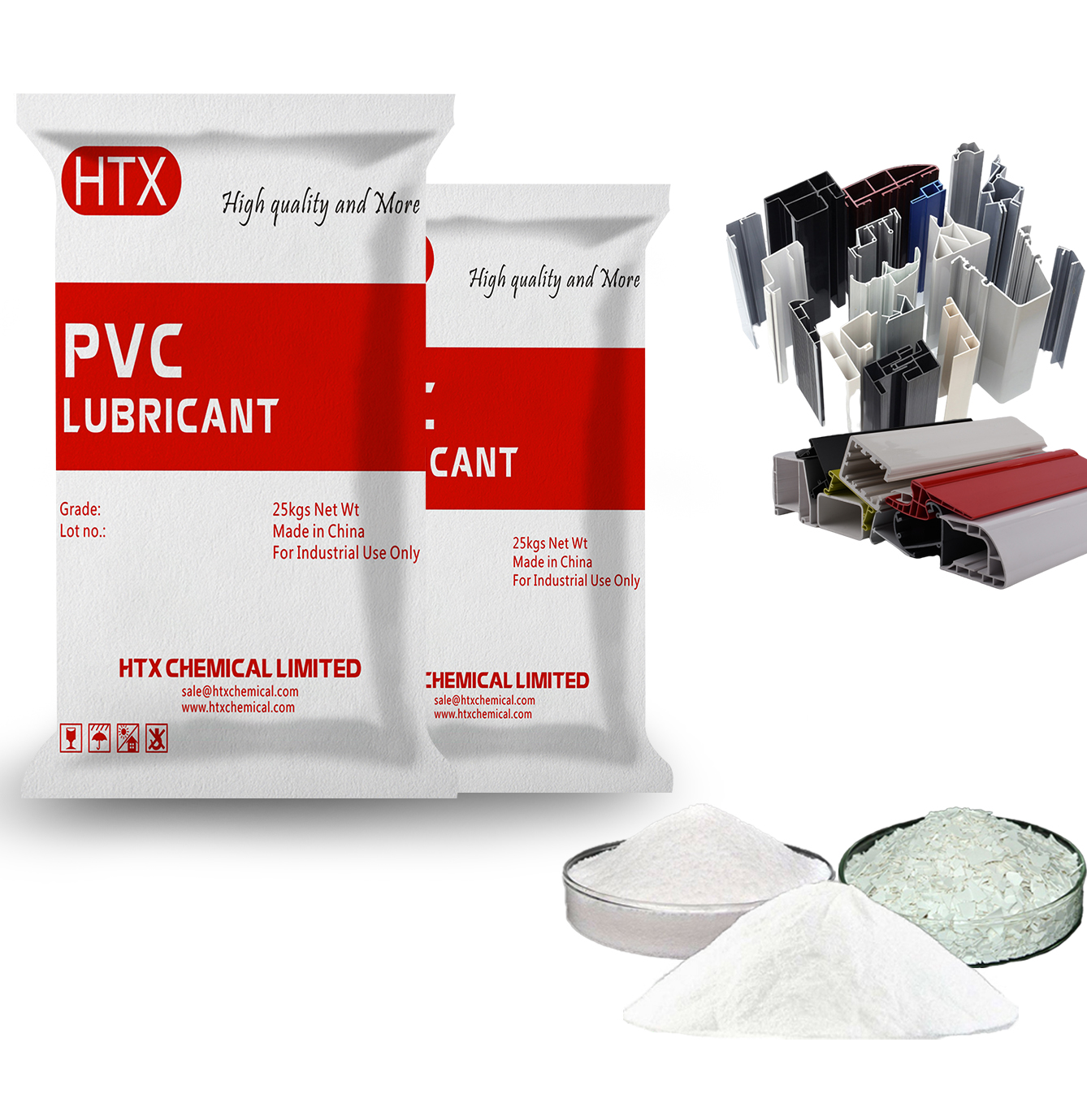Products
PVC lubricants play a vital role in PVC processing, contributing to improved performance and quality. They can be classified into two main categories: PVC internal lubricants and PVC external lubricants.
External Lubricants
PVC external lubricants serve the purpose of creating a lubricating thin layer at the interface between the plastic melt and metal. These lubricants have limited compatibility with polymers, making them prone to migration from the melt to the exterior. As a result, they effectively reduce friction and enhance the overall processing of PVC.
Internal Lubricants
PVC internal lubricants are characterized by their strong compatibility with polymers. They work by reducing the cohesion between polymer molecules within the polymer matrix. This reduction in internal friction heat generation enhances the melt fluidity of the plastic melt, further improving the processing of PVC.
Dual Role Lubricants
Most lubricants exhibit a dual role, functioning as both internal and external lubricants. Take stearic acid, for instance. When processing conditions involve low temperatures or a substantial amount of lubricant, the external lubricating properties take precedence. Conversely, under high-temperature conditions and with an optimal amount, the lubricant's compatibility with PVC makes internal lubrication the primary function.
The Role of Wax
Wax is an important PVC lubricant, and it includes oxidized polyethylene wax, polyethylene wax, and FT wax.Polyethylene wax itself is a type of polyolefin synthetic wax. Oxidized polyethylene wax is prepared from polyethylene wax after special oxidation process.FT wax (Fischer Tropsch) is a methylene polymer synthesized from hydrocarbon-based synthetic gas or natural gas. Together with G60, G74, G70, and G78, these waxes serve as essential internal and external lubricants in the production of PVC products.
 PVC Internal Lubricant2023-10-28PVC internal lubricants are characterized by their strong compatibility with PVC polymers. By reducing cohesion between polymer molecules within the PVC matrix, internal lubricants effectively lower friction heat generation, promoting improved melt fluidity. This results in smoother processing of PVC materials.More +
PVC Internal Lubricant2023-10-28PVC internal lubricants are characterized by their strong compatibility with PVC polymers. By reducing cohesion between polymer molecules within the PVC matrix, internal lubricants effectively lower friction heat generation, promoting improved melt fluidity. This results in smoother processing of PVC materials.More + PVC External Lubricant2023-10-28PVC external lubricants limited compatibility with polymers, which allows them to migrate from the melt to the exterior. This migration forms a lubricating thin layer at the interface between the plastic melt and metal, effectively reducing friction. External lubricants play a crucial role in minimizing friction and improving the overall processing of PVC.More +
PVC External Lubricant2023-10-28PVC external lubricants limited compatibility with polymers, which allows them to migrate from the melt to the exterior. This migration forms a lubricating thin layer at the interface between the plastic melt and metal, effectively reducing friction. External lubricants play a crucial role in minimizing friction and improving the overall processing of PVC.More +


